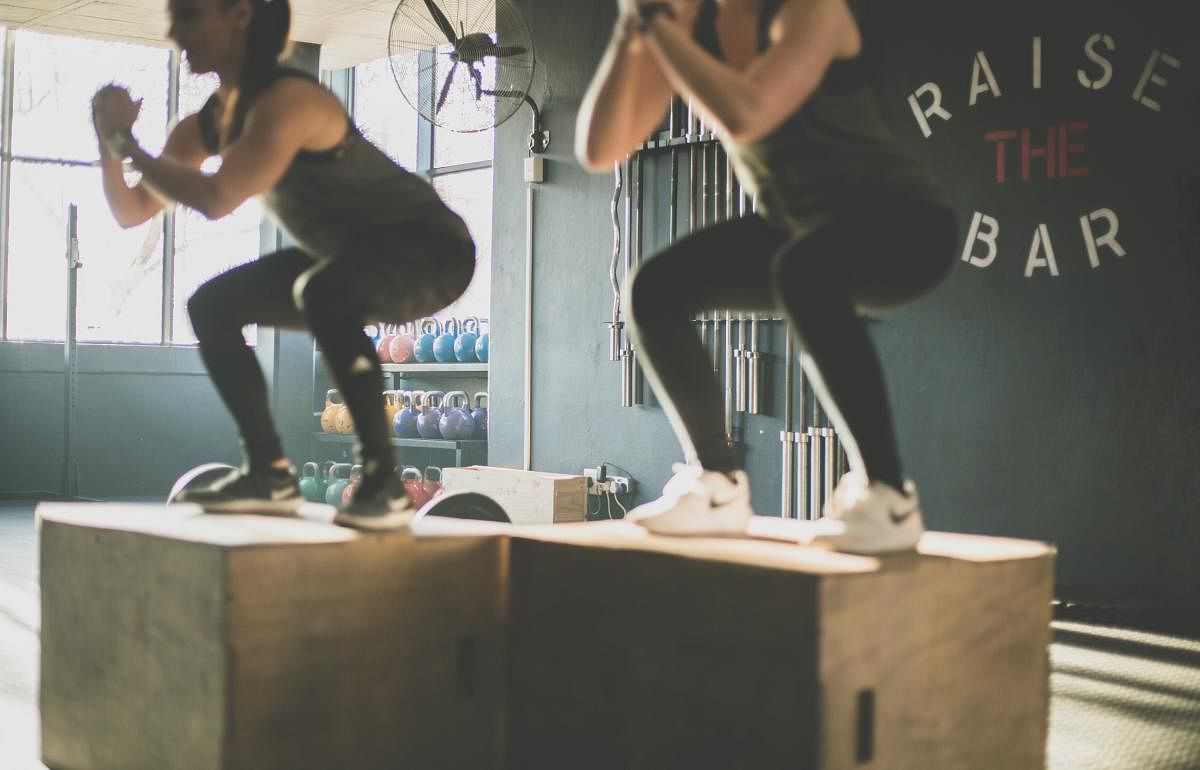

Owing to its simplicity and effectiveness, the Indian squat is one of the most powerful exercises that is unknown to a lot of people including Indians. This forgotten exercise is a gift of yoga and the benefits of this tradition extend beyond just strengthening quads and glutes.
We are often inspired by the West for their various exercise routines and forms. Squats alone have so many forms, right from jumping squats, squat jacks, pistol squats to sumo squats, but do you know squats have existed in our culture even before your grandparents were born?
What makes the Indian squat effective?
Malasana or the Indian squat is your answer if you have been complaining of constipation, irregular bowels, incomplete evacuation, lower back pains, sciatica pains, tight hips and so much more. Before chairs and comfortable sofas were invented, people used to sit in deep squat poses. And anatomically too, this is one of the most natural forms to sit. In fact, it is a normal sight to see villagers and labourers in India hanging out crouched in a squat position while cooking, chit-chatting, waiting, reading and so on. Let’s look at some of the most powerful benefits of Malasana:
Constipation: Indian toilets are scientifically designed. When our ancestors sat down on the floor in a squatting position to pass motion, that allowed a proper position for easier evacuation. This was then taken over by Western commodes as people considered that to be more hygienic and higher standard, but now again people are getting back to squatty potty or toilet stools realising the importance of squats. If you are constipated, the fix could be something as simple as malasana. Try waking up to a glass or two of lukewarm water followed by sitting in malasana for 1-2 minutes. Of course, this is not to say that malasana may take away your constipation, as several lifestyle factors come into play, but it can definitely ease your bowel movements. Apart from this, malasana can also help release trapped gases in cases of flatulence and bloating.
Gives a break to a sedentary day: In today’s time, we are sitting way more than what we have been designed. Hence, problems like obesity, belly fat, spondylosis, cervical issues, sciatica are on the rise. Humans have been designed to move. The chair is the worst invention by man because it keeps us chained to it, and the ultra-soft cushions and recliners add to this problem by completely spoiling our spine alignment and neglecting our core muscles. It’s not wrong to have the luxury of a comfy sofa, but when it becomes an obstacle to movement and right spine health, we must start to become aware of this. Getting into malasana is a great way to give your body a break from sitting and also helps improve posture and boosts circulation towards extremities. While at work, you can also take your calls and answer texts in this position.
Helps tone the body: Malasana helps to bring muscle tone to your entire lower body including glutes, thighs, and around your belly as it involves all the concerned muscles.
Digestion stimulator: When you sit in malasana, you notice a certain kind of pressure on your lower abdomen. This helps in gently massaging your digestive organs thus stimulating them to secrete enzymes and digestive juices. The result is improved digestion.
Spiritual benefit: Since malasana gets our body close to the ground (mother earth), it gives the feeling of safety, grounding and keeps us calm. Spiritually it is known to activate your root chakra (muladhara), which is an energy centre responsible for grounding, balance, sexuality, vitality, power and confidence.
Indian squat or Malasana variation
If the Indian squat is too difficult for you, here are some easier variations:
If you are unable to sit flat on your feet because it feels tight, try sitting on your toes or placing a folded blanket underneath your heels so you are able to lower your pelvis and maintain balance.
You should get there with consistent practice. One can also take the support of a wall to rest their back in the beginning. This will also keep your back erect.
If this is too easy for you, then take it a step further and try twisting your torso 2-3 times sideways to help further tone your body and stimulate your digestion as it also helps gently massage your digestive organs.
When to do it and for how long?
Do it anytime during the day. Only make sure you are on an empty stomach as the gentle pressure on the abdomen created during this pose can make you feel uneasy. Teach this to your kids too. You can hold and be in this position for 30 secs to a minute as long as you are comfortable.
Contraindications
Avoid this asana if you have severe knee issues, especially surgery. Or seek guidance from a qualified teacher. So, the next time you reach for a chair to sit, try the squat as you always have an option of sitting in malasana to take a break!
(The writer is a holistic lifestyle coach and author of Back to the Roots co-authored by actor Tamannaah, published by Penguin.)